
In 1928 ten years after the 100 days Offensive that would end the First World War, the British Legion took over 11,000 veterans and their families and relatives of the fallen on a Battlefield Pilgrimage. This culminated in a march to the Menin Gate in Ypres, Belgium, scene of fierce fighting throughout the war.
90 years later over 2,200 members of the Royal British Legion retraced their steps to remember that generation who served, sacrificed and endured that most terrible conflicts.
Representing Chipping Norton branch were Standard Berarer Tjark Andrews and myself, who would be carrying the wreath. On Sunday 5th August we picked up the coach at Banbury bus station and travelled down to Dover to catch the ferry to Calais.

We then travelled on to Lille on the Belgium border to the Ibis Hotel which would be our base for the next four days.
On Monday the first part of our battlefield tour was to the beautiful city of Ypres in Belgium. The city was almost completely obliterated during the war but was sympathetically rebuilt, including the magnificent Cathedral and Cloth Hall, now home to the Flanders Field Museum, our first port of call.

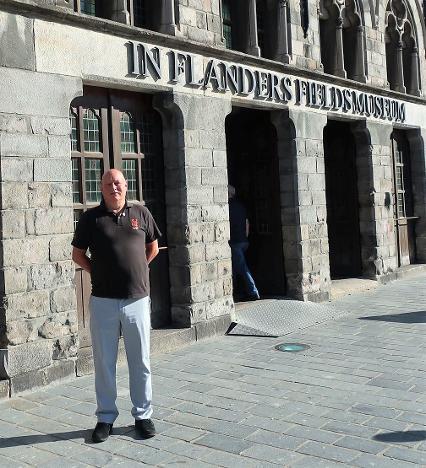
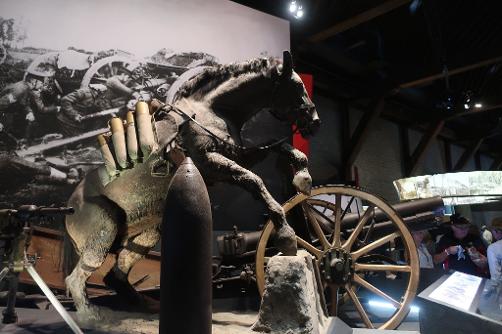

After this we strolled through town to the magnificent Menin Gate Memorial to the missing. The names of seven Chipping Norton Men are commemorated here.

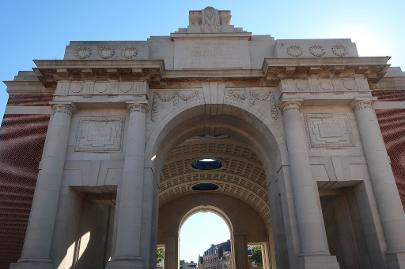
Next stop was Hill 60, high ground created to the south of Ypres by spoils from the railway cutting being dumped either side of the track. Contested heavily during the war and the scene of many mining operations the bodies of many German and British miners lay in the collapsed tunnels beneath.
One of the many memorials on the site, now owned by the CWGC, is to the 14th (Light) Division of which the 5th Battalion, The Oxfordshire & Buckinghamshire Light Infantry were a part.




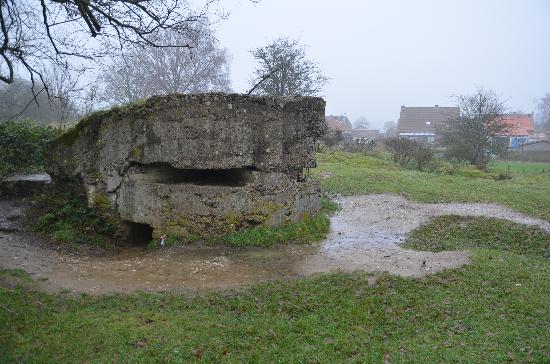
We next visited the village of Messines scene of a successful British offensive to clear the Germans from the high ground of the Messines–Wytschaete Ridge between 7th and 14th June 1917 and involved the exploding of 19 mines under German positions. There was a visitor centre and several memorials including one to mark the 1914 "football match" truce, For Tjark and I however the main interest was a very nice little bar, where I enjoyed a pint of the local beer. On the way out we passed the Irish Peace Tower memorial to all the casualties of Ireland's involvement in the First World War.
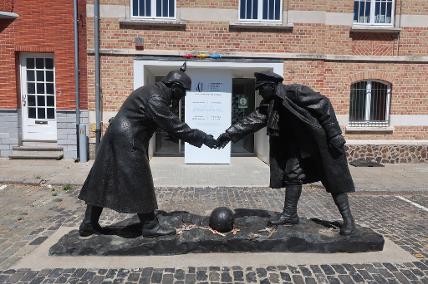
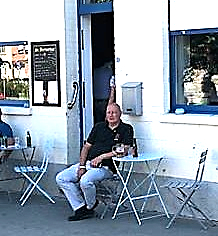
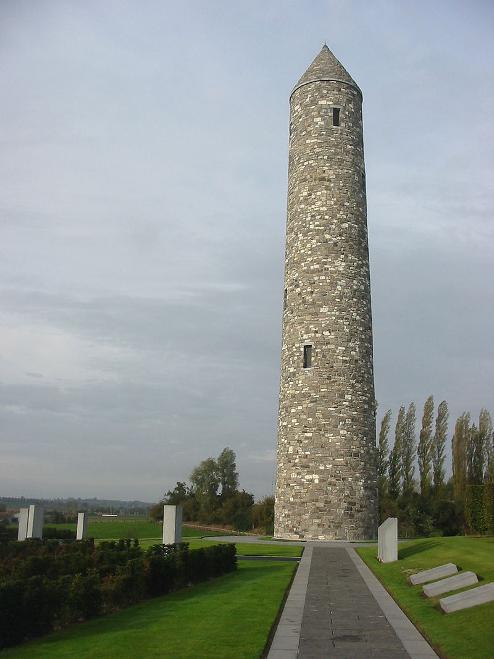
Our next stop was Tyne Cot Cemetery, the largest Commonwealth War Graves cemetery in the world. It is now the resting place of more than 11,900 servicemen of the British Empire from the First World War, over 8,300 are unidentified. There are also 33,783 names on a memorial to the fallen with no known graves, including three men from Chipping Norton.
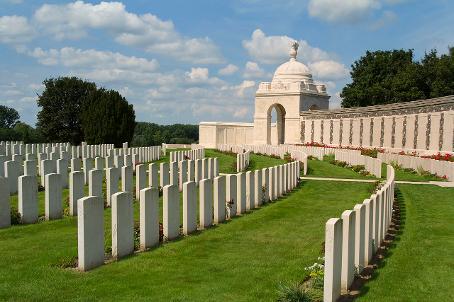
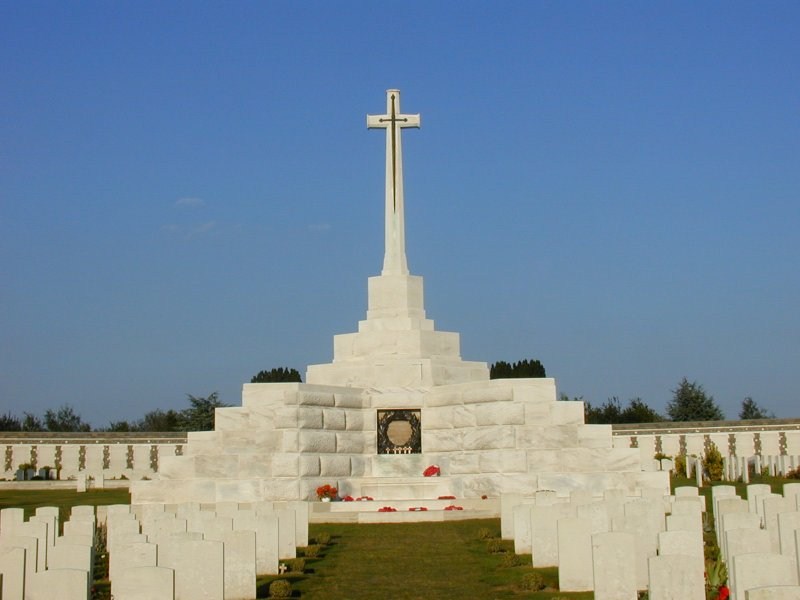
Our last call of the day was at the Passchendaele Museum in Zonnebeke where we went around replica dugouts and a restored trench system before retreating to the museum cafe to sample their Passchendaele Beer, then heading back to our hotel.

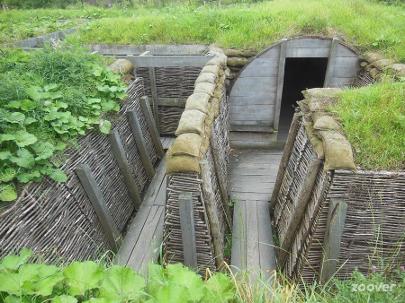
On Tuesday we were to begin our tour with a visit to the battlefields of the Somme. Our first stop was Delville Wood and the adjacent war cemetery, where there are over 5,500 graves with over 3,500 being unidentified, most of who died in the bloody fighting to capture the wood. It is also the site of the South African National Memorial.


Our next destination was the Theipval Memorial on what was becoming a very hot day, with temperatures reaching 35C. The memorial commemorates more than 72,000 men of British and South African forces who died in the Somme sector before 20th March 1918 and have no known grave, the majority of whom died during the Somme offensive of 1916.

Behind this is the Anglo-French War Cemetery containing 300 British and 300 French graves, the French crosses being far more plain and simple than the Commonweath headstones.

The CWGC were holding an exhibition of their work and we were able to thank them personally for the great job they did on replacing Churchill's Wilfred Peachey's headstone, whose name had been mispelt.
Next stop was the restored trench systems in Theipval Woods. The Somme Association’s aim is to protect and keep Thiepval Wood as a lasting memorial to the memories of all the soldiers who served there and of those still resting in the Wood, close to where they fell. Today Thiepval Wood is a very peaceful and tranquil place with a strong sense of the presence of the soldiers who now rest in peace and are commemorated on the Thiepval Memorial to the Missing. Nearby is Connaught Cemetery where 1,268 servicemen lie, over half are unidentified. A little way down the road is the Ulster Tower memorial to the men of the 36th (Ulster) Division, one of the most striking and unusual monuments.
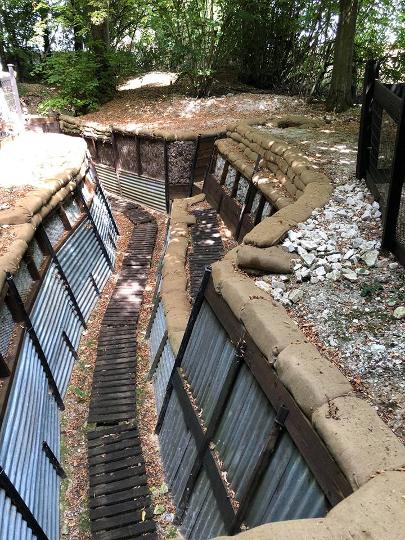
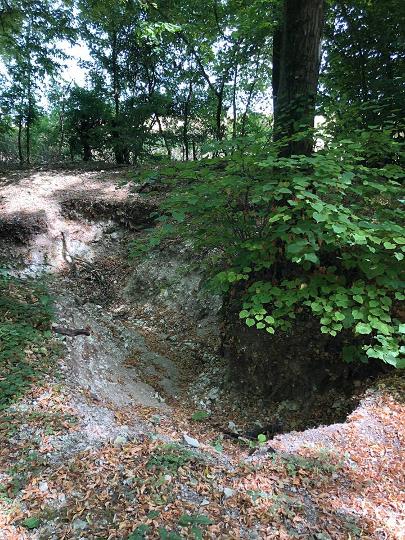
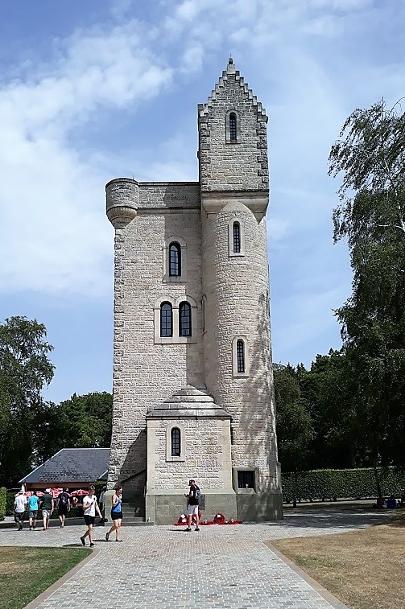
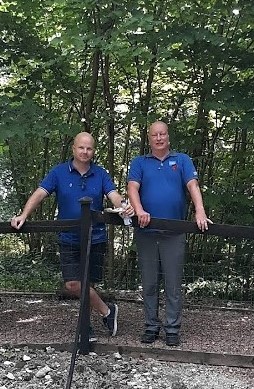
The last port of call for the day was the Arras Memorial. At the entrance to the Faubourg d'Amiens Cemetery in France stands the Arras Memorial. The memorial commemorates nearly 35,000 soldiers of the British, South African and New Zealand forces with no known grave. Most of those commemorated were killed in the Battle of Arras, fought between 9th April and 16th May 1917.

Our next stop was the incredibly beautiful Vimy Memorial on the highest point on Vimy Ridge, commemorating more than 11,000 men of the Canadian Expeditionary Force with no known grave, many of whom died at the Battle of Vimy Ridge when 4 divisions of the CEF fought together. We then moved on to the Canadian Visitor Centre and museum just down the road, where we were visited restored trench systems and tunnels on the ridge.


Wednesday 8th August dawned considerably cooler than the last three, which was all for the best considering what lay ahead. We arrived on the outskirts of Ypres at 0930 joining the 69 other coaches deployed and were marshalled by the City police. The numbers involved in the parade became apparent as we were directed into a field. At about 1100 we began to move off, all 2,200 of us, Standard bearers first followed by us wreath bearers.

Our wreath's card read:
"Remembering the 109 men of our town who died in the service of their country. With sadness for lives cut short but also with pride for their efforts and achievements.”


Lead by the Band of the Royal Marines followed by the Standards then the wreath bearers. Huge crowds were gathered and we were applauded all the way along, the kindness and enthusiasm of the local people was amazing, especially as they witness a lot of these sort of events. Marching past the famous Cloth Hall totally destroyed by shelling but rebuilt after the war the salute was taken by General Lord Richards. The Standard Bearers marched through the Menin Gate whilst the Wreath Bearers peeled off each side to await their turn to lay their wreaths on the memorial.





After this the parade reformed and marched back through the town to the starting off point. Afterwards entertainment was organised in the town and there was time to enjoy the City’s many bars and restaurants before heading back to our hotels, tired but extremely proud to have been such a part of this magnificent event.
